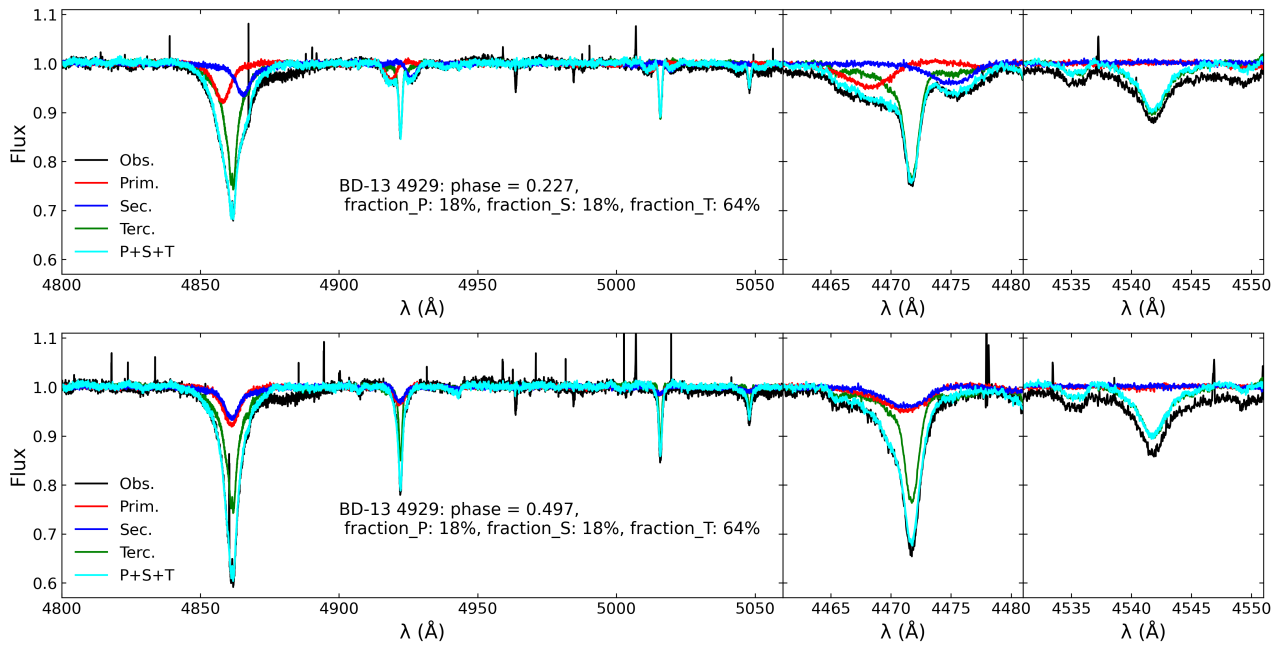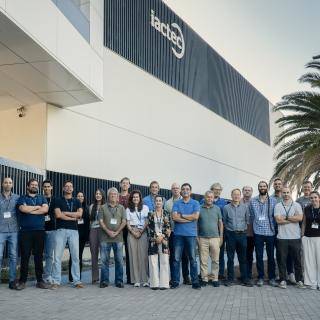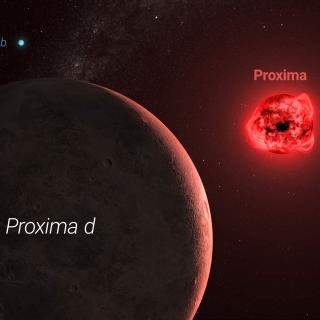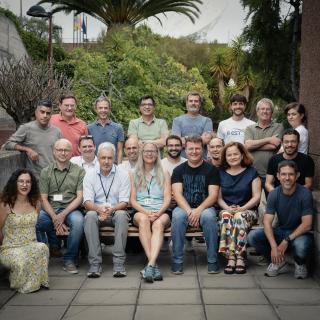The most massive stars in the universe are often born and evolve in binary and multiple systems — that is, in pairs or groups bound by their mutual gravity. Understanding how they interact with each other is key to explaining everything from their formation to the impact they have on the galaxies they inhabit.
The MONOS project (Multiplicity Of Northern O-type Spectroscopic systems) aims to study these systems in the northern sky, combining spectroscopic observations (which analyze light split into its component colors to measure stellar velocities and physical properties) with photometry (light brightness measurements) obtained by space telescopes such as Gaia and TESS, which record brightness variations with great precision.
In this new study, ten massive binary systems were analyzed (with components at least eight times the mass of the Sun). Thanks to high-quality data, the team was able to determine in great detail the orbits of the component stars and their physical characteristics. Among the most notable findings are:
The first known Oe+O spectroscopic binary (that is, two O-type stars—the hottest among normal stars—one of which has a surrounding gas disk).
A contact system of O-type supergiants (highly evolved, enormous stars separated by a very small distance) that have already undergone episodes of mass transfer in the past.
In total, eight new orbits are presented and two others refined, gradually expanding the catalog of massive binary systems with reliable parameters.






